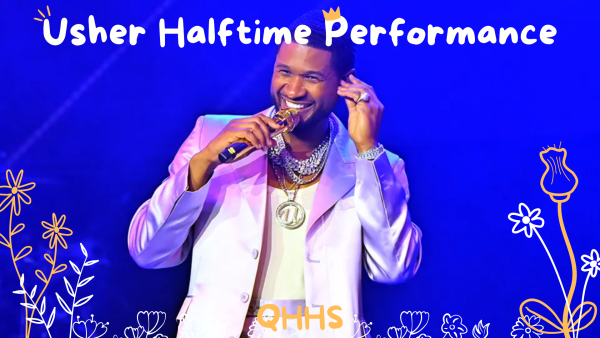Sex Education – Season 3
Curiosity, confusion, shame, jealousy, confliction, guilt, regret, uncertainty are all part of the emotional roller coaster we humans go through called life. Teenagers, combined with the raging hormones, experience these tenfold. Sex Education’s newest season wonderfully portrays the struggles that come with handling the emotional messes life throws at us. Warning, spoilers ahead!
A central theme to this season is overcoming shame. While this has been a common subject in previous seasons, this one introduces a new young Headmistress of Moordale High who makes it her job to hammer down on the students’ identities, sexual freedoms, and curiosity. This woman, Hope Haddon, has a goal to “cleanse” the “dirty” reputation of the school to appease the press. From dividing hallways to implementing gendered uniforms to a strict expression code, the school’s rules get more restricting, only adding to the students’ feelings of shame, guilt, and confusion.
One prominent topic addressed this season is that of transgender and nonbinary people. A new central character is introduced, Cal, who is nonbinary and uses they/them pronouns. Jackson becomes friends with them and helps address the issues of gender roles and a lack of support of gender-nonconforming kids at the school. Homophobia is also tackled. One episode showcases the school’s new Sex and Relationship Education (SRE) curriculum, which presents highly outdated videos that only promote abstinence, fear of sexuality, and a fair dose of homophobia. Eric’s brief trip to Nigeria also brings up homophobia, as being gay is illegal there.
Other serious topics are also covered in the show. The show does a great job of showing how people manage real-life consequences. Aimee is a character who is sexually assaulted in a previous term who ends up seeking professional help to come to terms with her trauma. Jean Milburn deals with becoming an older mother. Maeve’s mom, Erin, struggles with drug addiction. The school faces a permanent shutdown. These are all real issues that solidify the show in the real world.
Of course, emotional struggles are also addressed. Otis has to learn to stand up for himself when his girlfriend, Ruby, tries changing him to fit in with her social group. Complicated family structures are thoroughly analyzed, with Adam’s separated parents, Maeve’s unstable and stressful family situations, Ruby’s unexpectedly poorer home life, Mr. Groff’s emotionally abusive childhood full of toxic masculinity, Ola’s mom’s death and its effect on her, Jakob’s current family dynamics, and so much more. Briefly, some parts discuss cheating, struggling with academics, sexting, emotional vulnerability, IVF pregnancies, chest binding, and other topics that some teens may feel uncomfortable or worrisome even mentioning.
More than anything, what makes this show unique is how real it is. It shows the good, the ugly, the fun, and the realistic. Things are never complete in this show, which is how the real world functions. Not every storyline has a wrapped up perfect ending each season, not all relationships work out, and people change quite a bit. Sometimes people need to find themselves, as is the case with Maeve, Maureen, Aimee, Otis, and others in the show. Life is a journey, a constant work in progress that is messy but beautiful. And this show never fails to harness that to help us feel a little less alone.

Hi, my name is Tori Gomez! I’m a senior at Quartz Hill High School, and this is my first and final year of Journalism. I can already say that I absolutely...






